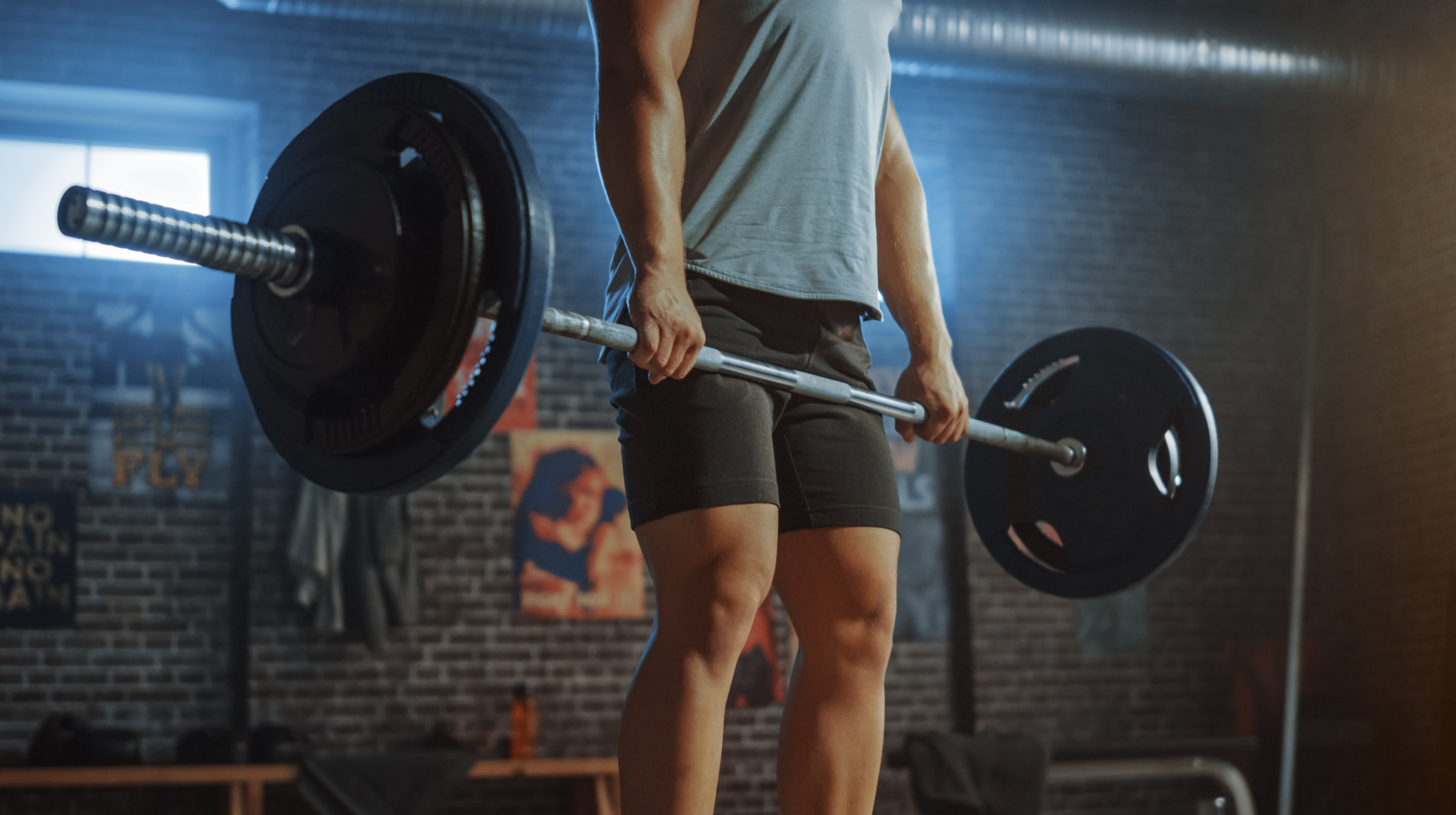Best Tips for Skinny Guys Looking to Build Muscle in Their Legs
Jun 4, 2020 mindpumpA lot of my friends and clients who were taller and skinnier always got picked on for having twig legs. Hell, even Hugh Jackman when training for Wolverine, got made fun of for how scrawny his legs looked. You could just cover them up with pants and never let them see the light of day. But why not address the issue and build those suckers up? Nothing is more impressive than thick legs (yes, even for guys), and the exercises that will help them grow will help your upper body progress as well.
Here are my guidelines for building your legs. I will be creating a whole series of articles of these for each muscle group so be on the lookout for the other articles.
Frequency: Should be trying to stimulate the legs 2-3 times a week with the 10-12 total weekly sets, to keep maximizing the muscle building signal that a weightlifting exercise creates on that particular muscle (signal drops after 24-48 hours so you need to recreate that signal every time which explains the increase in frequency vs traditional body part split). Every 4-6 weeks, you could change up the exercise if you find you are no longer making progress, not feeling it work the muscle, or need to mix it up.
Intensity (Sets/Reps):
10-12 total sets per muscle for the week split up evenly among your 2-3 workouts that include legs.
Every 3-4 weeks you should be changing the rep scheme or going up in weight, to create a newer stimulus that’ll help further progression as you get more comfortable with a lift and weights start increasing less and less per week.
Weeks 1-4 – 6-8 reps (more of an intensity phase focused on strength)
Note: You can go higher rep for the more isolated movements as they probably don’t need to be in such a low rep range and could cause a bigger injury risk.
Weeks 5-8 – 10-12 reps
Weeks 9-12 – 12-15 reps (more of an accumulative phase focused on volume)
For more advanced lifters (3-4+ years proper lifting): If you find the legs are a lagging body part, you can also increase the total weekly sets by 1-2 sets each week, AS LONG AS you are properly recovering. This will help ensure continued progression during a high volume phase, as your body adapts to its minimum effective dose for a particular muscle group and works towards that maximum recoverable volume. Again, should only be done to 1-2 muscles groups in a cycle NOT all.
PROPER FORM!
The beauty of a leg exercise like a squat is that it doesn’t let you get away with much. Your form needs to be on POINT, otherwise you suffer big consequences. It also works pretty much all muscles of the leg (quads, hamstrings, glutes) through a fuller range of motion. If you are tight on time, squats allow you to hit the most amount in the smallest time frame. Don’t forget, you are still isometrically contracting your back and shoulders.
I can’t emphasize this enough especially for squats and deadlift. Out of all the compound lifts you’ll be doing in your lifting career, nothing will force you to take on more weight than those two. Any slip up in form can cause serious injury. Think about how many people you hear getting hurt from a deadlift vs a bicep curl.
Creating Tension on the Target Muscle
Just because you are performing an exercise, doesn’t mean you are automatically creating the proper stimulus to create growth. Focus on being able to hit a peak contraction on each exercise. Most people will have to drop down to 10-15lbs to really feel the muscle. Your body doesn’t realize you want to grow your quads. It just knows you are hitting a squat and must use any muscles it can to get the weight up. That’s fine for overall strength, but if you specifically want the quads to grow, then you want as much of the attention placed on there. Stay focused during your sets.
Exercise Selection
For simplicity sake, I’ll break it down into compound and isolated exercises. Typically (although not always), you would start with more compound exercises in a workout because they recruit the most muscles, and tax the nervous system the most. You want to be as fresh as possible for these as to avoid risk of injury. These also make more sense to cycle through into the lower rep ranges (1-8) so that you can recruit as many muscle fibers as possible due to how many other muscles are also helping with the movement.
Compound Quad Exercises: Barbell Squat, Front Squat, Zercher Squat, Leg Press,
Compound Hamstring Exercises: Deadlift, Romanian Deadlift, Stiff Ieg Deadlift, Good Mornings
For isolation exercises, they usually target specific muscle groups (in this case just the quads), rather than a whole bunch of secondary muscles. They’re recommended to do after the compound ones, as the risk of injury is lower. The reason being these are usually done on machines, don’t tax as many muscles, don’t require as much stability, and don’t usually ramp up in nearly as much weight as a compound one would.
Isolation Quad Exercises: leg extensions, step ups, lunges, sissy squats, etc.
Isolation Hamstring Exercises: lying leg curl, seated leg curl, single leg leg curl, SLRDL, etc.
Isolation Glute Exercises: hip thrusts, hip bridges, single leg hip bridges, kickbacks, pull throughs, etc.
It’s best to choose ⅔’s of your leg exercises from the compound list, and then the remainder from the isolation. Think of the isolation exercises as a bonus way to add volume to make sure you’re maximally stimulating all the muscles of the legs. It is a large list as you can see.







